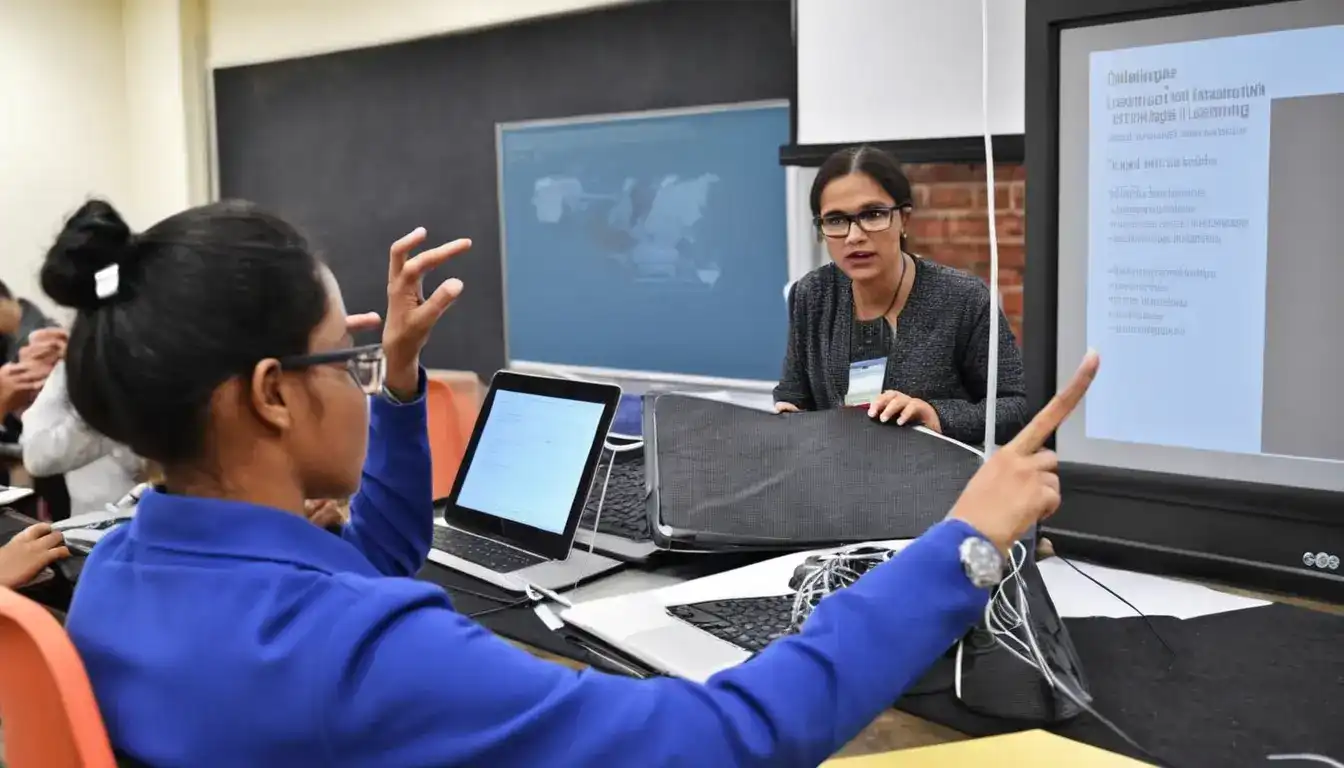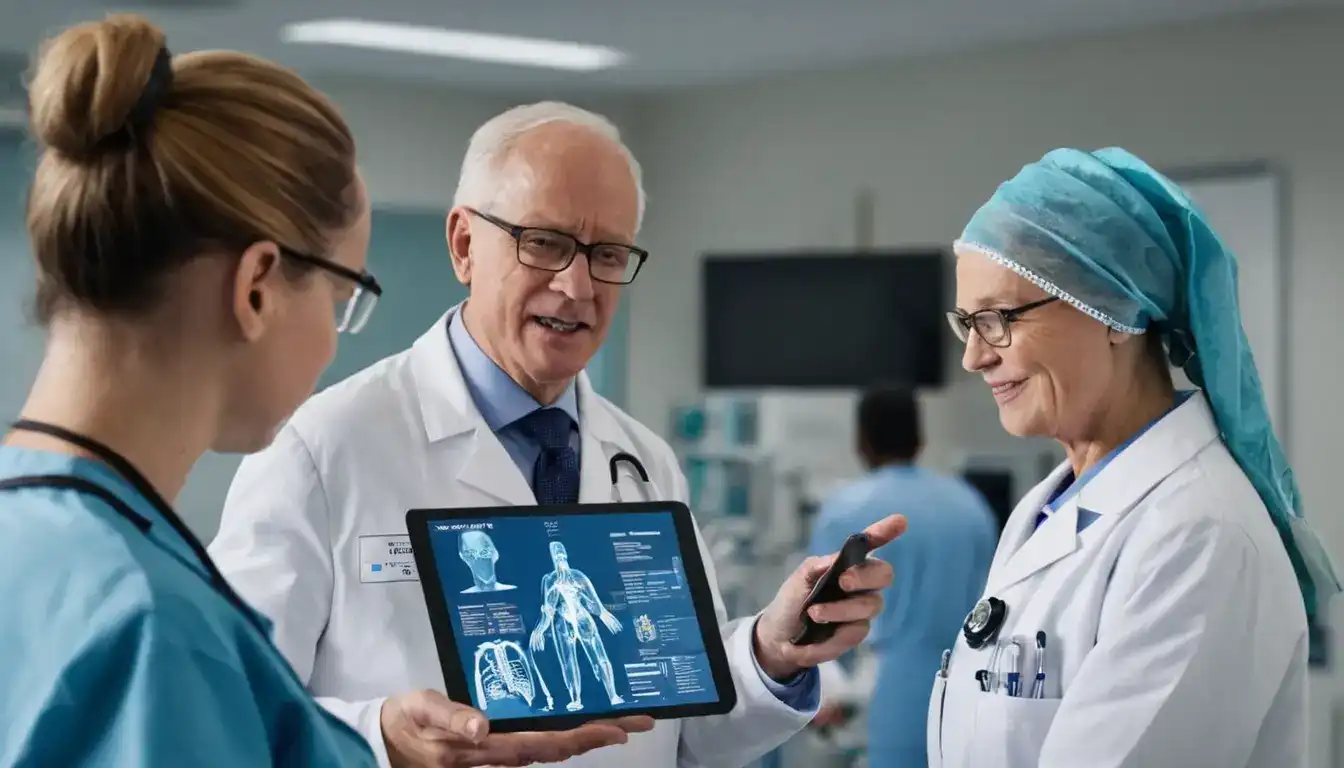The Lumbering Economy
Emily Willis

Photo: The Lumbering Economy
The global economy is a complex, interconnected system, constantly shifting and evolving. Sometimes, it moves with the swiftness of a cheetah, propelled by innovation and robust demand. At other times, it can feel more like a lumbering economy – a slow, heavy beast trudging through treacle. This state of slow economic growth can impact everything from job prospects to the price of groceries, making it a crucial concept for everyone to understand.
What Exactly is a Lumbering Economy?
A lumbering economy isn't a technical term you'll find in every economics textbook, but it vividly describes a period of economic stagnation or significantly slow economic growth. Unlike a sharp, sudden recession where economic activity contracts rapidly, a lumbering economy is characterized by a prolonged period of sluggish expansion. Think of it as an engine sputtering along, not quite breaking down, but certainly not firing on all cylinders.
Key characteristics often include:
- Low GDP Growth: The overall output of goods and services grows at a minimal pace, often below the historical average or what's needed to keep up with population growth and maintain living standards.
- Stagnant Wages: Despite inflation, real wages (what your money can actually buy) may not increase, or might even decline, eroding purchasing power.
- High or Persistent Unemployment/Underemployment: While not always a full-blown crisis, job creation is slow, and many people might be working fewer hours than they desire or in roles below their skill level.
- Low Consumer Confidence: People become cautious about spending and investing, fearing job losses or future financial instability, which further dampens demand.
- Reduced Business Investment: Companies become hesitant to expand, innovate, or hire new staff when future demand is uncertain.
- Inflationary Pressures (sometimes): Paradoxically, a lumbering economy can sometimes coincide with inflation if supply chain issues or other external factors drive up costs, leading to "stagflation" – a particularly challenging scenario.
The feeling of a lumbering economy is one of unease and uncertainty. It's not a crisis, but a persistent drag that makes economic progress feel incredibly difficult.
The Root Causes: Why Economies Start Lumbering
Understanding the "why" behind a slow economic growth period is crucial for individuals, businesses, and policymakers alike. A lumbering economy rarely has a single cause; more often, it's a confluence of interconnected factors.
Global Factors Contributing to Economic Slowdown
The world is increasingly interconnected, meaning events far away can have a significant ripple effect on your local economy.
- Geopolitical Tensions: Conflicts, trade wars, or political instability in key regions can disrupt global supply chains, increase commodity prices (like oil), and create uncertainty that deters international investment. For example, disruptions in major shipping routes can cause delays and higher costs for goods worldwide.
- Supply Chain Disruptions: Whether due to natural disasters, pandemics, or political actions, interruptions in the flow of raw materials, components, or finished goods can stifle production and drive up prices, contributing to an overall economic slowdown.
- Energy Shocks: Sudden spikes in oil or gas prices, often driven by geopolitical events or supply constraints, can act as a massive tax on consumers and businesses, reducing discretionary spending and increasing operational costs.
- Global Debt Levels: High levels of national
Latest ✨
View AllDistance learning has become more common due to technological advancements and the need for flexible learning options. However, it presents challenges such as lack of face-to-face interaction, technological barriers, maintaining student engagement, and assessment difficulties. Technological innovations like interactive learning platforms, VR/AR, adaptive learning technologies, gamification, and social learning networks can enhance distance learning by improving engagement, collaboration, and accessibility. Embracing these innovations can create dynamic and inclusive learning environments that cater to diverse student needs and prepare them for success in a digital world.
Emily Willis
Cloud computing has revolutionized business operations with benefits such as cost savings, scalability, and flexibility. The future of cloud computing includes trends such as edge computing, hybrid and multi-cloud strategies, AI and ML integration, serverless computing, quantum computing, enhanced security measures, and sustainability initiatives.
Emily Willis
Unlock economic insights! Learn how Aggregate Demand & Supply explain inflation, growth, and recessions. Grasp the economy's pulse.
Emily Willis
Is the post-pandemic economy recovering or resetting? Discover insights into structural shifts & traditional recovery for businesses & individuals.
Emily Willis
Business
View All
June 9, 2025
Bootstrap Your Business to SuccessUnlock the power of bootstrapping! Build a resilient, profitable business with self-reliance, full control, and no external funding.
Emily Willis

June 8, 2025
Handle Complaints EffectivelyMaster the art of handling complaints effectively. Learn the psychology, actionable steps, and how to turn feedback into opportunities for growth and stronger r...
Emily Willis

June 8, 2025
Overcome Common Startup ChallengesStarting a business? Learn to conquer common startup challenges, from securing funding to managing cash flow, with practical strategies for lasting success.
Emily Willis
Economy
View AllThe digital economy has the potential to bring economic growth and innovation to developing countries, but there are several challenges that need to be addressed. These challenges include inadequate digital infrastructure, a digital divide that exacerbates inequalities, complex and outdated regulatory frameworks, cybersecurity risks, and limited access to financial services. However, there are opportunities for enhancing financial inclusion and economic growth. These opportunities include mobile and digital payments, implementing digital identification systems, e-commerce and market access, digital skills development, and public-private partnerships. By addressing these challenges and embracing the digital revolution, developing countries can unlock new opportunities for economic empowerment and inclusive growth.
Read MoreIs the sharing economy truly collaborative or merely commercial? Dive into its promises, realities, and the critical balance needed for sustainable growth.
Read MoreDiscover Surat's economic power! India's Diamond City and Textile Hub is a global growth story of innovation, resilience, and industry leadership.
Read MoreEntertainment
View All
July 4, 2025
Floating Fun CenterDive into delight at Floating Fun Centers! Explore dynamic inflatable water parks packed with slides, obstacles, and endless summer adventure.
Emily Willis

July 7, 2025
Scene75 Chicago FunScene75 Chicago: Your ultimate guide to Chicagoland's premier indoor entertainment. Go-karts, laser tag, arcade, VR & more for all ages!
Emily Willis

July 6, 2025
Gaijin Store FindsExplore "Gaijin Store Finds"! Discover unique international treasures that tell a story & connect you to global cultures. Beyond souvenirs.
Emily Willis
Health
View AllDiscover the comprehensive and critical services offered by ECMC Erie's ER Hub. Essential care when you need it most.
Emily Willis
The healthcare landscape is being transformed by technological advancements, with telehealth and remote care providing convenient access to healthcare services. Artificial intelligence is revolutionizing diagnostics, personalized medicine, and drug discovery. Wearable technology is empowering patients to take control of their health.
Emily Willis
Regular exercise is essential for maintaining both physical and mental health. It helps with weight management, cardiovascular health, muscle strength, energy levels, and sleep quality. Exercise also reduces stress and anxiety, improves mood, cognitive function, and self-esteem, and lowers the risk of depression. Different types of exercises, such as aerobic, strength training, flexibility, balance, and mind-body exercises, contribute to overall health. To start and maintain an exercise routine, it is important to start slowly, set realistic goals, find enjoyable activities, stay consistent, and listen to your body.
Emily Willis
Trending 🔥
View All
1
2
3
4
5
6
7
8
9
10
Lifestyle


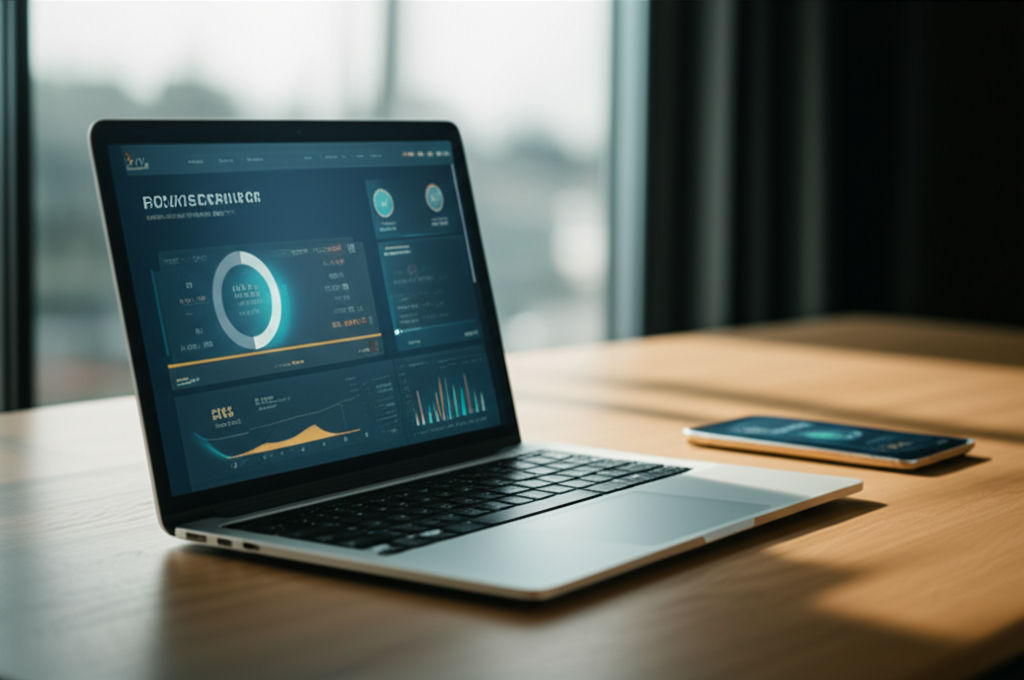
Sports
View AllAugust 4, 2024
The Importance of Mental Training and Psychological Strategies in Helping Athletes Reach Their Peak Performance on the Field
Read MoreTechnology
View All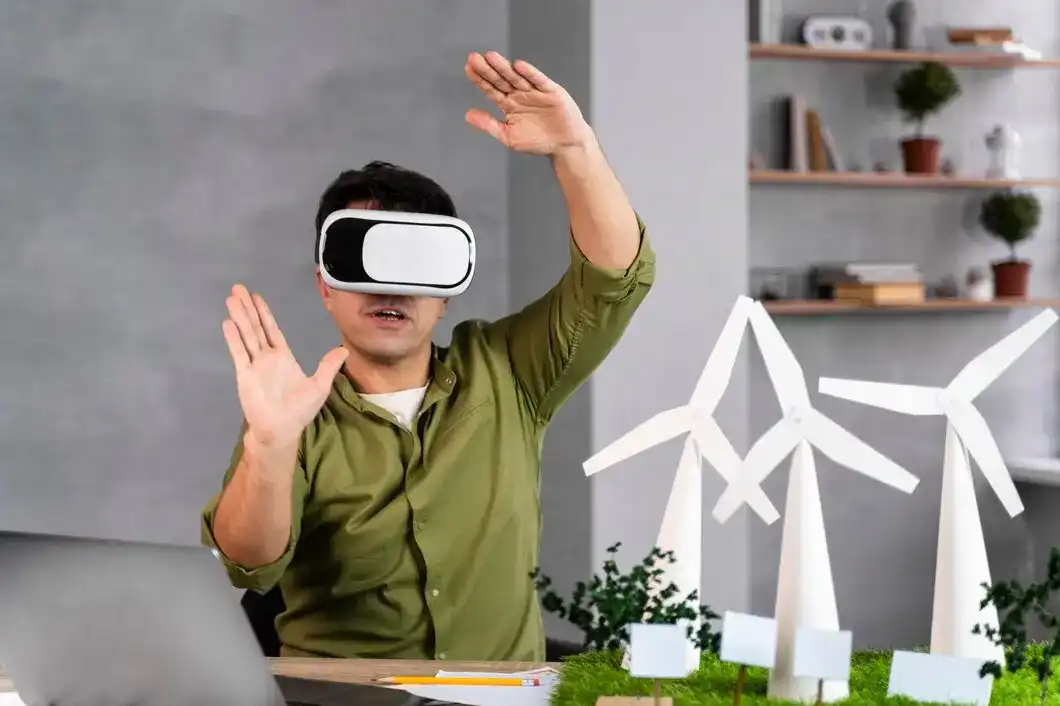
August 5, 2024
The Future of IoT and Its Potential to Improve Quality of Life
The Internet of Things (IoT) is a transformative force that is revolutionizing daily life by connecting devices and enabling them to exchange data autonomously. The growth trajectory of IoT is projected to surpass 75 billion connected devices by 2025, impacting various sectors such as healthcare, smart cities, agriculture, and home automation.
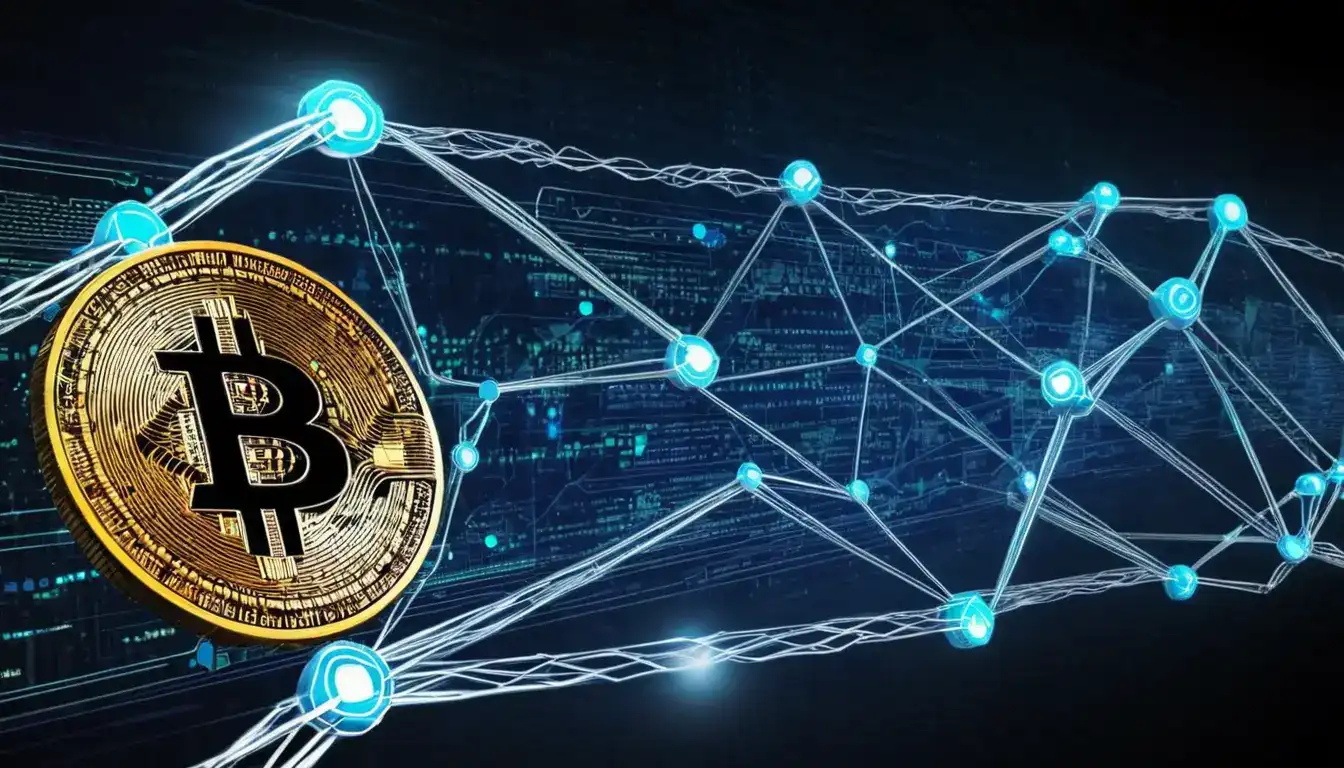
August 4, 2024
Blockchain Beyond Cryptocurrency: Innovative Uses in Various Industries
Blockchain technology is more than just cryptocurrencies like Bitcoin, it has far-reaching applications in various industries. Blockchain is a decentralized digital ledger that ensures transparency and security by recording transactions across multiple computers. It is being used innovatively in sectors such as supply chain management, healthcare, finance, real estate, voting systems, and intellectual property.

August 5, 2024
The Future of Cybersecurity and Upcoming Challenges
cybersecurity in the digital age, highlighting key trends and challenges that will shape the future of cybersecurity. It addresses issues such as the increased use of AI and ML, the growth of IoT devices, ransomware attacks, cloud security, and supply chain attacks. It also outlines upcoming challenges in cybersecurity, including talent shortage, regulatory compliance, cybersecurity for remote work, quantum computing, and social engineering attacks.
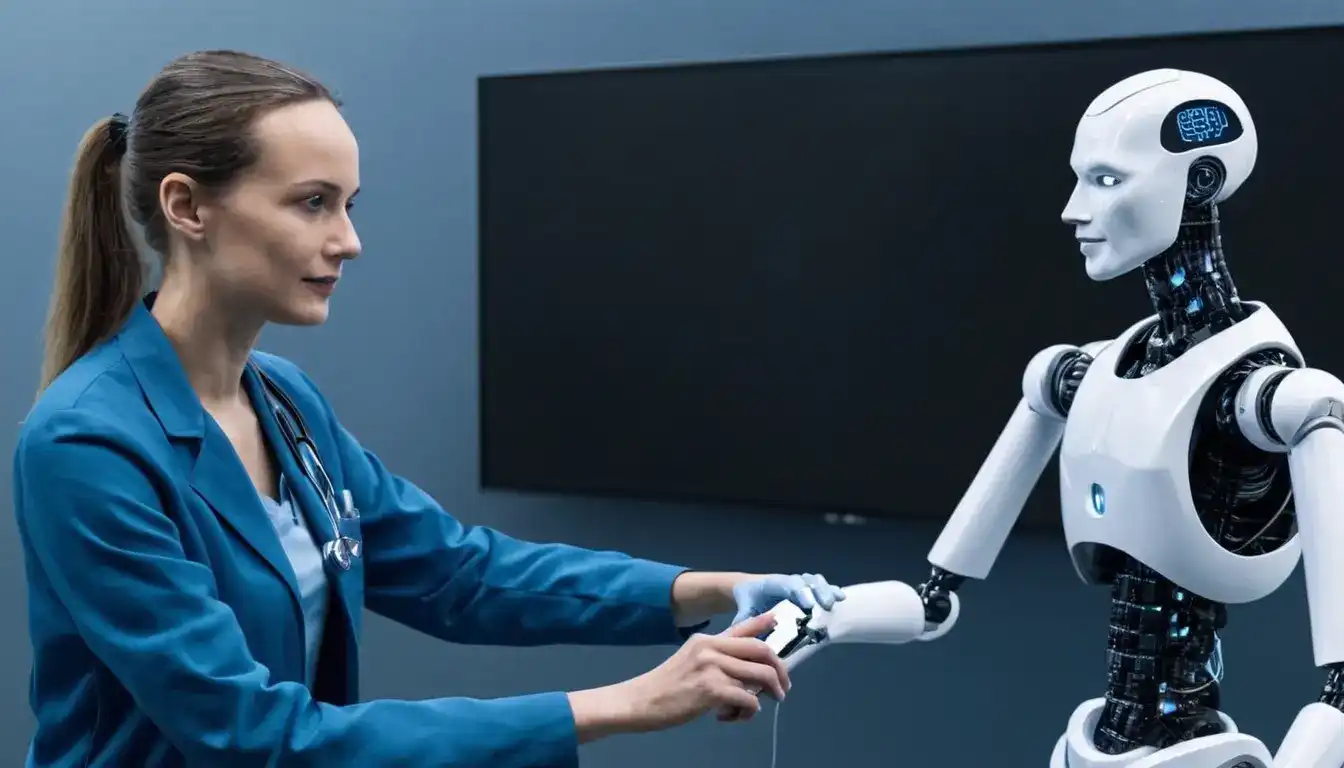
August 4, 2024
Revolutionizing Healthcare with Artificial Intelligence: Current Trends and Future Prospects
Artificial Intelligence (AI) is transforming the healthcare industry by improving diagnostic accuracy, personalizing treatment plans, and accelerating drug discovery. AI applications in diagnostics, imaging, patient care, and drug development are enhancing efficiency and patient outcomes. However, ethical considerations such as data privacy and algorithm bias must be addressed. The future of AI in healthcare looks promising with advancements in natural language processing, robotic surgery, and remote patient monitoring. Embracing AI technologies responsibly will lead to a more accessible, efficient, and patient-centered healthcare system.
